A group of institutions, including Argonne National Laboratory, received a $20 million grant from the U.S. National Science Foundation and Simons Foundation to establish an AI and astronomy institute called the NSF-Simons AI Institute for the Sky (SkAI).
Tag: Astronomy And Astrophysics
A new era of research comes into focus
As the upgrade of the Advanced Photon Source nears completion at Argonne National Laboratory, scientists anticipate the experimental possibilities.
Three Argonne postdocs invited to prestigious meeting of Nobel laureates
Three Argonne postdoc scientists have been invited to the prestigious Nobel Laureate Meetings in Lindau, Germany, where they will meet with past Nobel Prize winners in their fields.
Rubin Observatory Achieves Another Major Milestone: Reflective Coating of the 8.4-meter Primary/Tertiary Mirror
Vera C. Rubin Observatory’s successfully coats 8.4-meter primary/tertiary mirror in on-site coating chamber

UA Little Rock Archivist Explores Intersection of Native American Mythology and Solar Eclipse
A University of Arkansas at Little Rock archivist will delve into the captivating realm of Native American mythology and celestial phenomena in two upcoming presentations. Drawing on her extensive expertise in Native American history, Erin Fehr, assistant director and archivist…

Department of Energy grant supports inclusive high energy physics research
Argonne National Laboratory and the Missouri University of Science and Technology have been awarded funding for a program that aims to generate insights about the universe while expanding diversity in the high energy physics field.
Three Argonne scientists receive 2023 DOE Early Career Awards
Argonne researchers received three DOE Early Career Awards, which will help early-career researchers establish themselves as experts in their fields.
UC San Diego Launches a Stellar Ph.D. Program in Astronomy
UC San Diego has announced a new graduate program in astronomy and welcomed its first cohort of students. The program provides students the opportunity to participate in cutting-edge astronomical and astrophysical research with access to national and international observatories and facilities.
Laser shots at National Ignition Facility could spark additional discoveries in astrophysics
Using the Argonne Tandem Linac Accelerator System (ATLAS), a team of scientists is studying the environment created during laser shots at the National Ignition Facility to better understand its potential as a testbed for nuclear astrophysics research.
Astronomers use novel technique to find starspots
Astronomers have developed a powerful technique for identifying starspots, according to research presented this month at the 241st meeting of the American Astronomical Society.
Sudden Spin-down Event Illuminates Magnetar Mystery
A new paper published in Nature Astronomy is shedding light on magnetars, whose attributes remain poorly understood. A magnetar is a type of neutron star with an extremely strong magnetic field that rotates once every two to ten seconds. Researchers…
Secrets from space: Advanced Photon Source helps illuminate the journey of a 4 billion-year-old asteroid
An international collaboration of scientists has published results of their studies into the makeup and history of asteroid 163173 Ryugu. These results tell us more about the formation of our solar system and the history of this nearby neighbor.
Experts say the discovery of Earthbound asteroids and comets needs improvement; too many satellites could prevent discovery
A new survey of planetary defense experts from Apollo Academic Surveys and Olin College of Engineering reports that discovery of asteroids and comets needs improvement. In addition, the proliferation of commercial satellites could prevent them from identifying Earthbound asteroids and comets.
A novel crystal structure sheds light on the dynamics of extrasolar planets
Scientists uncover a new crystal structure of a mineral in extrasolar planets using Argonne’s Advanced Photon Source.
Scientists find strange black ‘superionic ice’ that could exist inside other planets
Scientists have discovered a way to recreate the ice that exists inside planets like Neptune and Uranus, ice which forms at extremely high temperatures and pressures.
Scientists use artificial intelligence to detect gravitational waves
Researchers at Argonne have used artificial intelligence to dramatically reduce the time it takes to process data coming from the Laser Interferometer Gravitational-Wave Observatory.
Unlocking the secrets of Earth’s early atmosphere
Research partly conducted at the Advanced Photon Source helped scientists discover the composition of Earth’s first atmosphere. What they found raises questions about the origin of life on Earth.
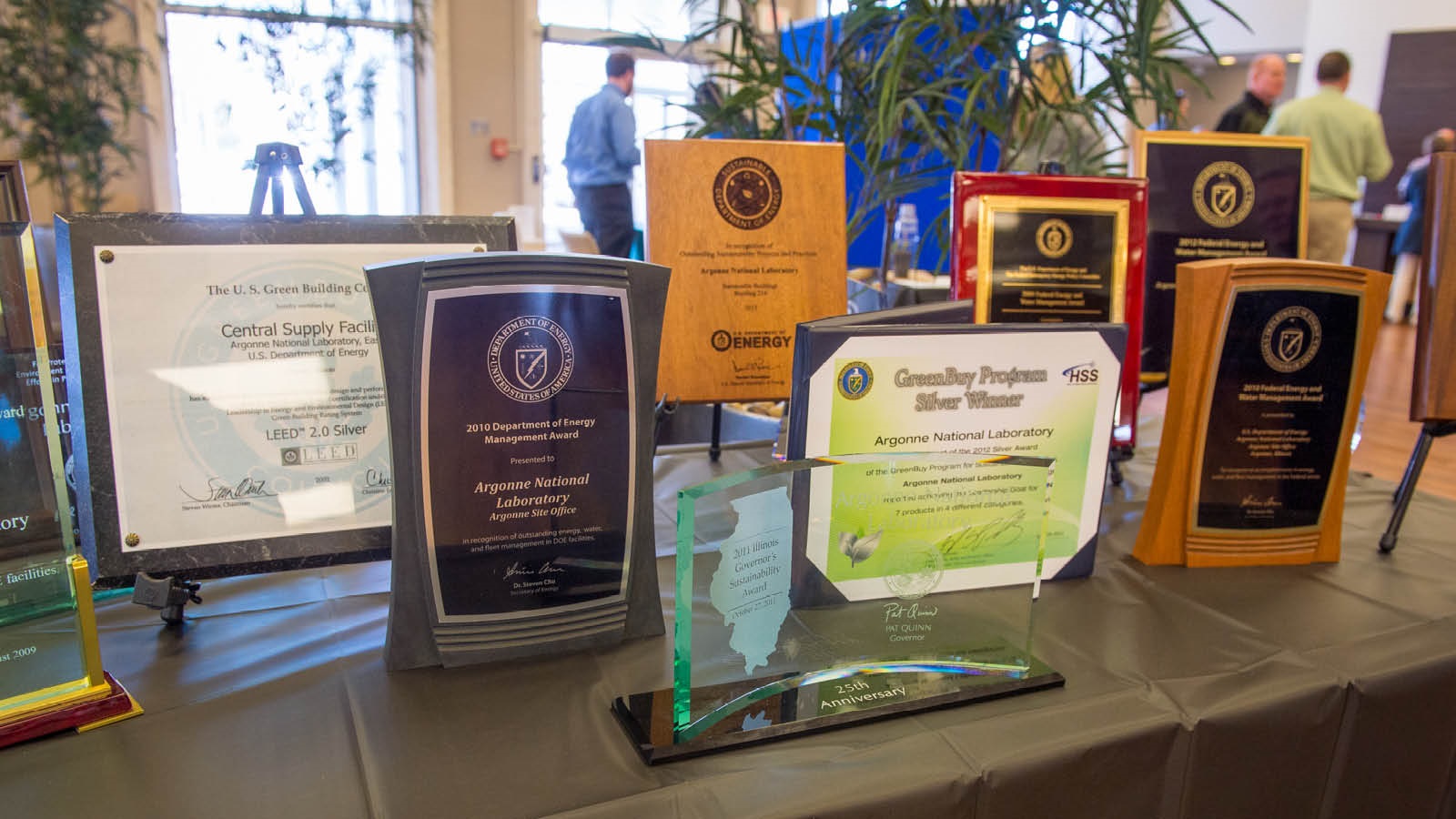
Argonne’s 2021 Maria Goeppert Mayer Fellows bring new energy, promise to their fields
The Department of Energy’s Argonne National Laboratory is proud to welcome five new FY21 Maria Goeppert Mayer Fellows to campus, each chosen for their incredible promise in their respective fields.
Smile, wave: Some exoplanets may be able to see us, too
Three decades after Cornell astronomer Carl Sagan suggested that Voyager 1 snap Earth’s picture from billions of miles away – resulting in the iconic Pale Blue Dot photograph – two astronomers now offer another unique cosmic perspective: Some exoplanets – planets from beyond our own solar system – have a direct line of sight to observe Earth’s biological qualities from far, far away.
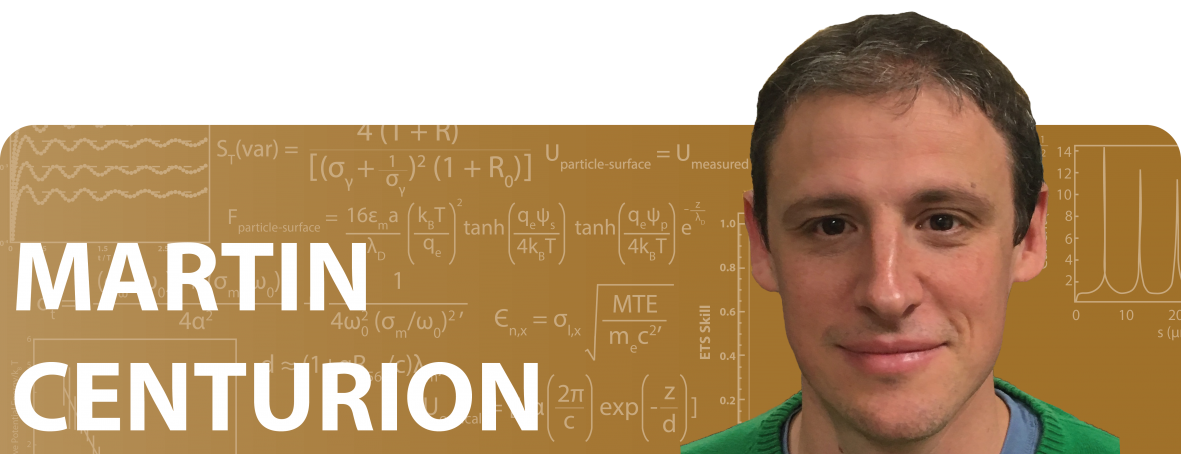
Martin Centurion: Then and Now
Martin Centurion is the Susan J. Rosowski Associate Professor in the Department of Physics and Astronomy at the University of Nebraska-Lincoln.
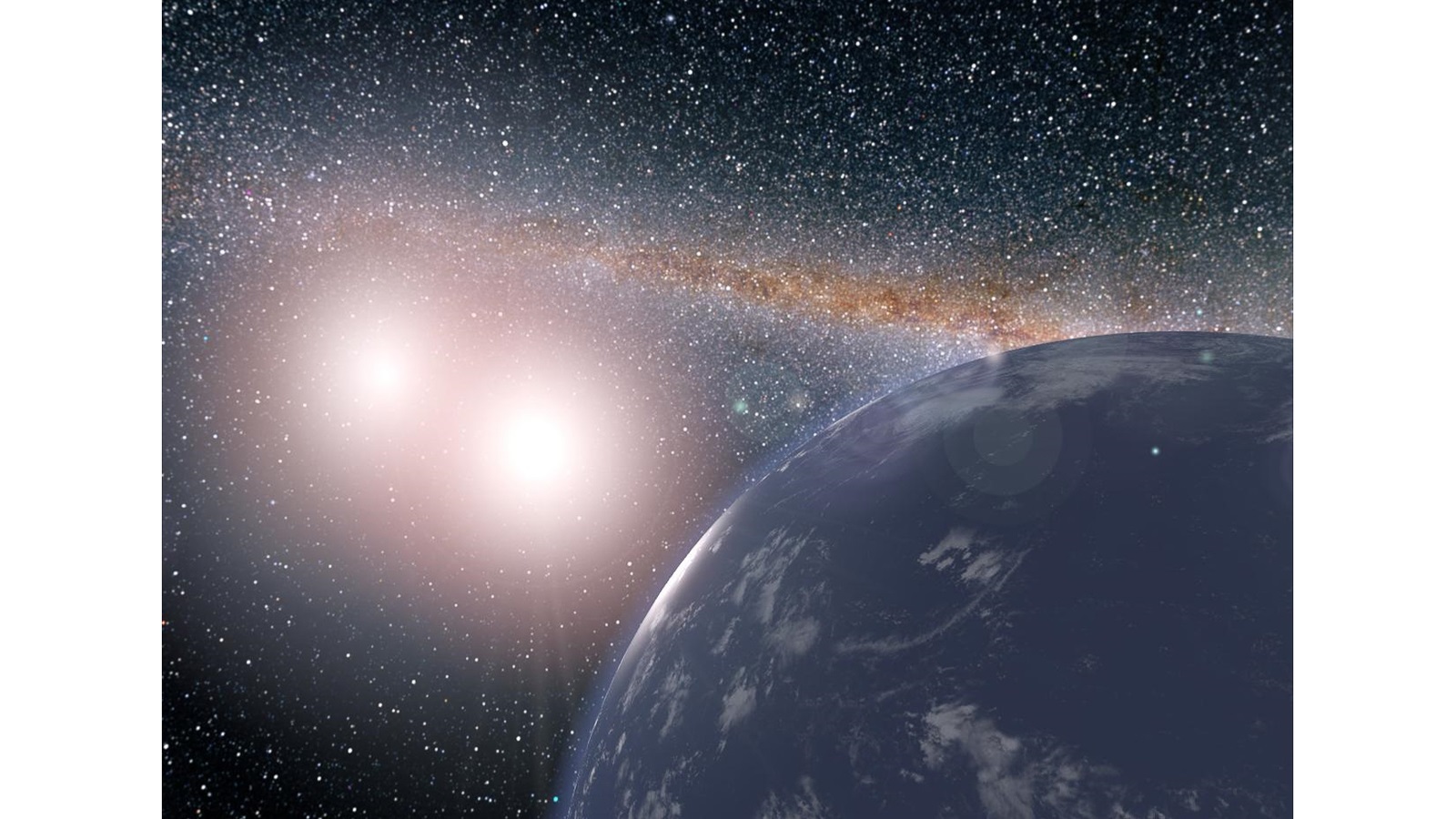
Beneath the surface of our galaxy’s water worlds
Scientists have simulated conditions on water-rich exoplanets to learn more about their geological composition, and found a new transition state between rock and water.
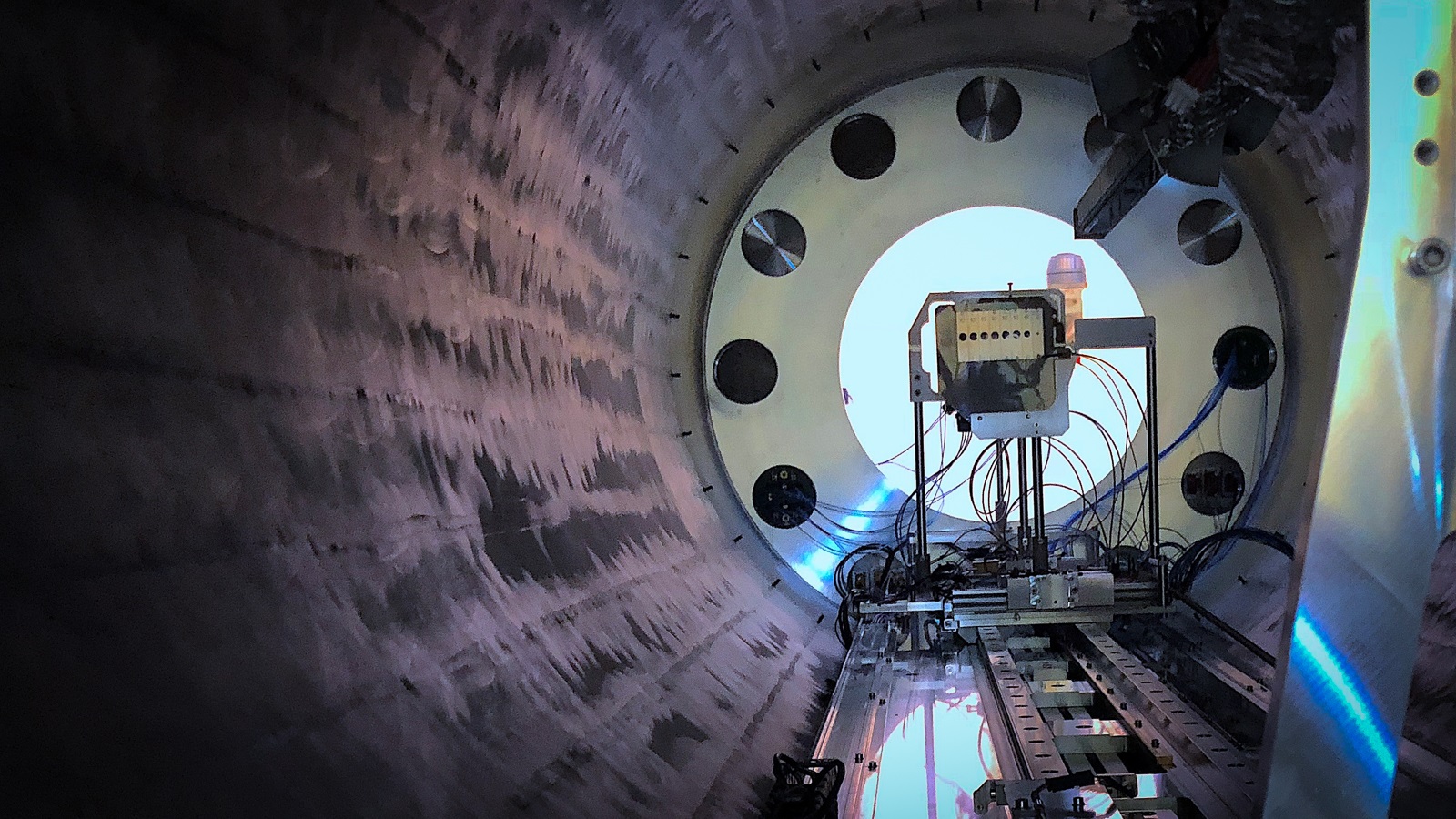
Argonne and CERN weigh in on the origin of heavy elements
Nuclear physicists from Argonne National Laboratory led an international physics experiment conducted at CERN that utilizes novel techniques developed at Argonne to study the nature and origin of heavy elements in the universe.
Astronomers use slime mold model to reveal dark threads of the cosmic web
A computational approach inspired by the growth patterns of a bright yellow slime mold has enabled a team of astronomers and computer scientists at UC Santa Cruz to trace the filaments of the cosmic web that connects galaxies throughout the universe.
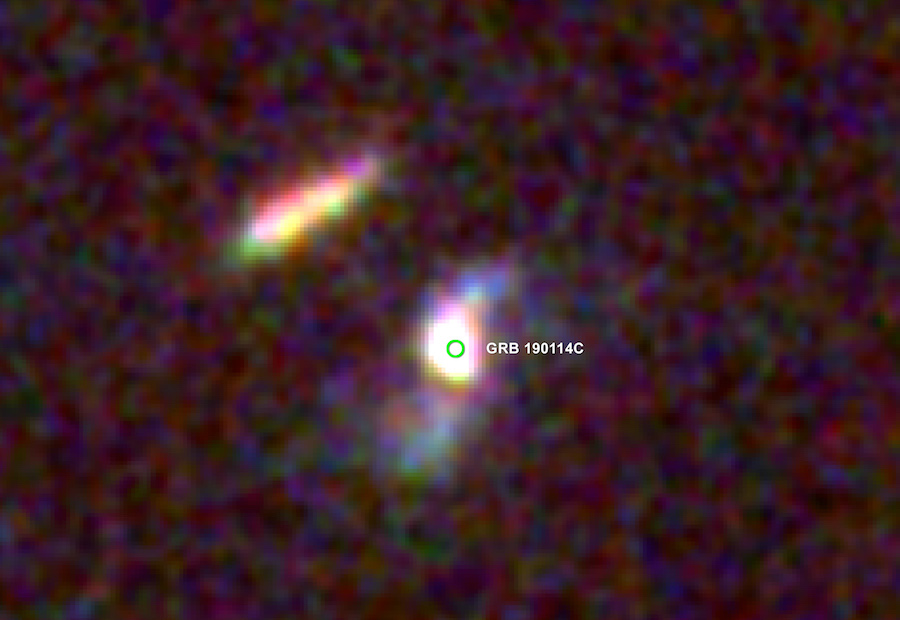
Researchers Discover Highest-Energy Light From a Gamma-ray Burst
An international team of researchers, including two astrophysicists from the George Washington University, has observed a gamma-ray burst with an afterglow that featured the highest energy photons—a trillion times more energetic than visible light—ever detected in a burst.